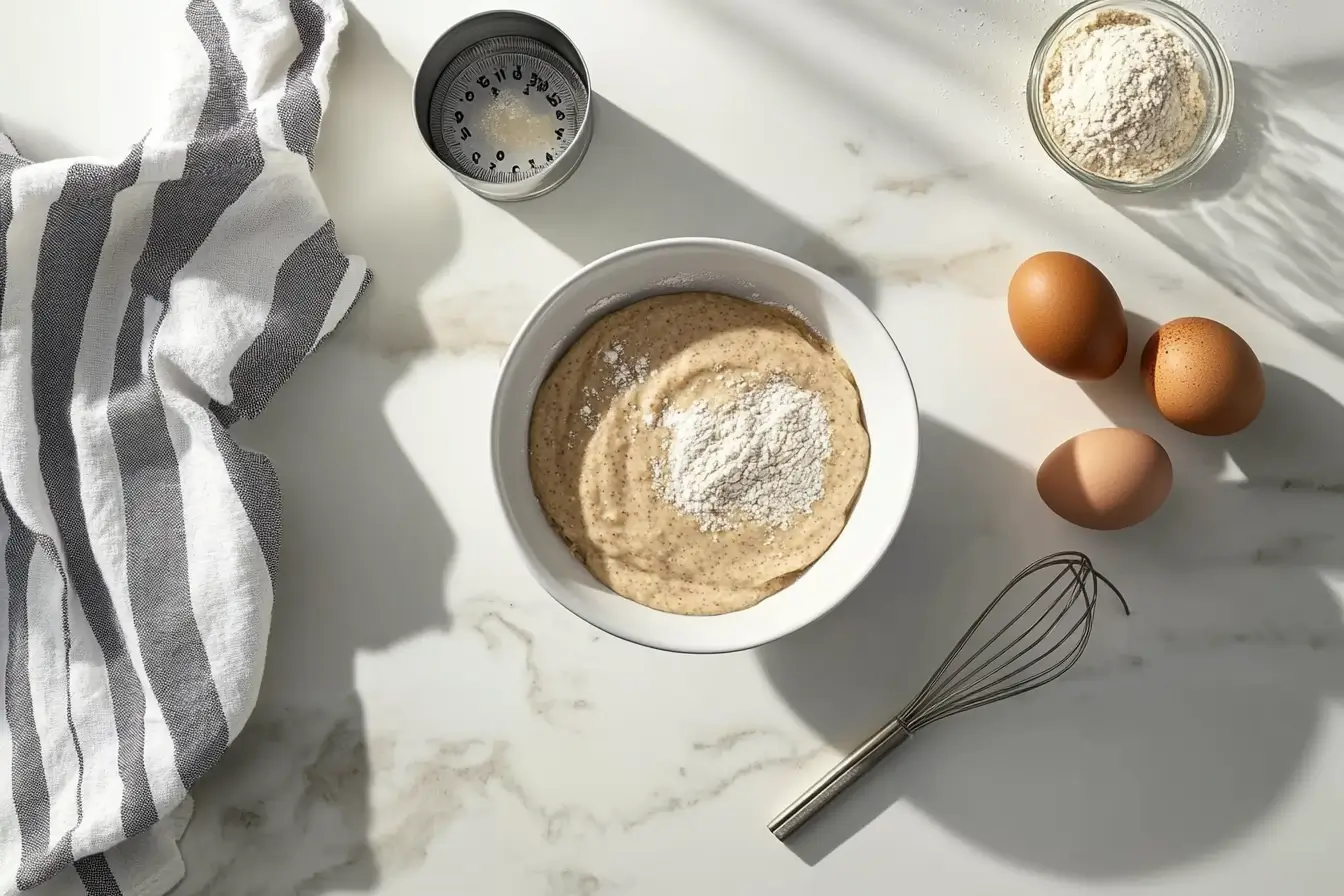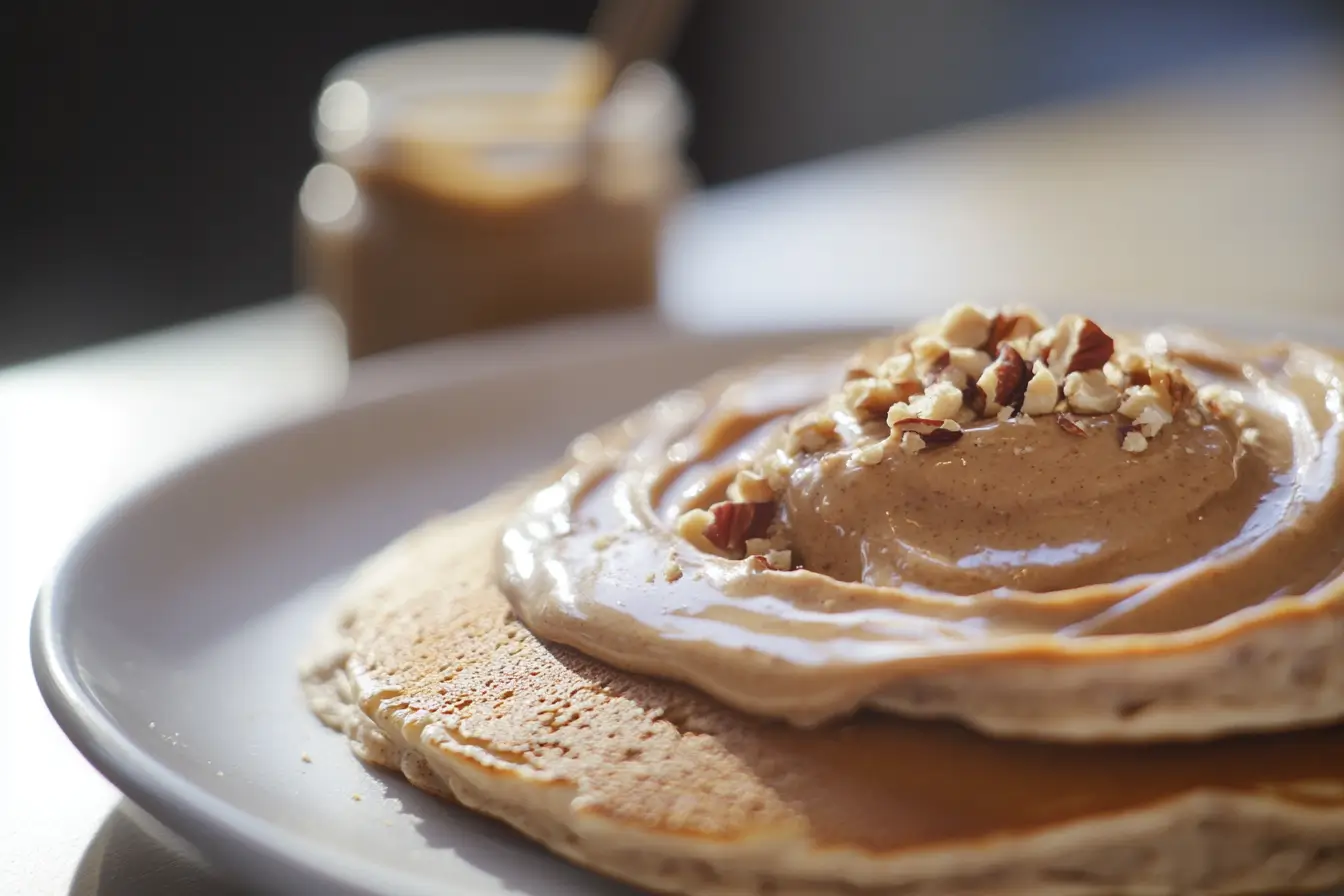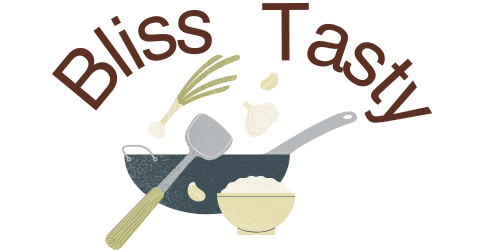If you’re wondering how many carbs are in whole wheat pancakes, you’re in the right place. Pancakes—especially whole wheat ones—are a breakfast favorite that feels like a comforting hug on a plate. But if you’re counting carbs or trying to make smarter food choices, knowing what goes into your stack is key.
In this post, I’ll walk you through the carb count in whole wheat pancakes, how it compares to other types of pancakes, and some tips to make your breakfast healthier without giving up the joy of a pancake brunch.
Whole Wheat Pancake Carb Count (Per Serving)
Let’s get straight to the numbers! A standard serving of whole wheat pancakes (about 2 medium pancakes made with ½ cup of whole wheat flour, an egg, milk, and a little baking powder) contains roughly:
- Carbohydrates: 30-35 grams
- Calories: 150-180 calories (without syrup or toppings)
- Protein: 6-7 grams
- Fiber: 3-4 grams
If you make smaller silver-dollar-sized pancakes, the carb count per pancake will be lower (around 10-12 grams of carbs each).
However, this number can change based on the ingredients. For example:
- Adding sugar or honey to the batter? Add an extra 4-5 grams of carbs per tablespoon.
- Using non-dairy milk like oat milk? That adds about 16 grams of carbs per cup.
- Toppings like bananas or syrup? These can easily double the total carbs.
Comparing Whole Wheat Pancakes to Regular Pancakes
Wondering how whole wheat pancakes stack up against their traditional counterparts made with white flour? Here’s a quick comparison:
| Type of Pancake | Carbohydrates (2 pancakes) | Fiber |
|---|---|---|
| White Flour Pancakes | 40-45 grams | 1-2 grams |
| Whole Wheat Pancakes | 30-35 grams | 3-4 grams |
| Almond Flour Pancakes | 10-15 grams | 4-5 grams |
Whole wheat pancakes have fewer carbs and more fiber than regular pancakes. This is because whole wheat flour retains the bran and germ of the wheat, making it higher in nutrients and fiber. On the flip side, pancakes made with almond flour or coconut flour are significantly lower in carbs and higher in healthy fats, making them a popular choice for those on a low-carb or keto diet.
Nutritional Benefits of Whole Wheat Flour
Whole wheat flour isn’t just about carbs—it brings some other solid benefits to the table. Here’s why you might want to reach for whole wheat flour the next time you make pancakes:
- High in Fiber: Fiber helps keep you fuller longer and can support gut health.
- Vitamins and Minerals: Whole wheat contains B vitamins, iron, and magnesium, which help with energy levels.
- Lower Glycemic Index: Whole wheat flour breaks down more slowly in your system, meaning it won’t cause as sharp of a blood sugar spike as white flour.
Even if you’re not necessarily “low-carb,” swapping out white flour for whole wheat can make your breakfast more nutrient-dense.
Tips to Reduce Carb Count in Pancakes

Let’s be honest—if you’re watching carbs, it’s tough to give up pancakes entirely. Here are some clever ways to make your stack more carb-friendly without feeling deprived:
- Mix Flours: Combine whole wheat flour with almond or coconut flour to lower the total carbs. For example, using ½ cup whole wheat flour and ½ cup almond flour can reduce the carb count by 10-15 grams.
- Skip the Sugar: Pancake batter doesn’t need sugar! Let the toppings provide sweetness instead.
- Use Greek Yogurt: Subbing Greek yogurt for some of the milk in your batter can add protein and creaminess without extra carbs.
- Egg Whites Only: If you’re concerned about calories and carbs, using only egg whites can lighten the recipe while still adding protein.
- Thin the Batter: A thinner batter spreads further, making each pancake lighter and lower in carbs per serving.
Delicious Low-Carb Pancake Toppings
Pancake toppings can make or break your carb count. A drizzle of maple syrup or a handful of chocolate chips can turn your breakfast into a sugar bomb. Instead, try these lower-carb options:
- Nut Butter (Unsweetened): Almond butter or peanut butter adds protein and healthy fats (and a rich, creamy flavor!).

- Fresh Berries: Blueberries, strawberries, and raspberries are lower in carbs compared to bananas or apples.
- Chopped Nuts: Walnuts or pecans add crunch without adding many carbs.
- Whipped Cream (Unsweetened): A little whipped cream (made with heavy cream) feels indulgent but only adds about 1 gram of carbs per serving.
Homemade vs. Boxed Mix: What’s the Difference?
Making pancakes from scratch is a game-changer if you’re trying to control carbs. Store-bought whole wheat pancake mixes often have added sugars, preservatives, and unnecessary fillers. Let’s compare:
| Pancake Type | Carbohydrates (2 pancakes) | Added Sugars |
|---|---|---|
| Boxed Whole Wheat Mix | 35-40 grams | 4-6 grams |
| Homemade Whole Wheat Pancakes | 30-35 grams | 0-2 grams |
By making your own pancakes, you have control over every ingredient—meaning you can skip unnecessary sugars and focus on nutrient-packed ingredients.
How Do Whole Wheat Pancakes Compare to Low-Carb Alternatives?
If you’re curious how whole wheat pancakes hold up against popular low-carb options, here’s a breakdown.
Low-Carb Pancake Mixes: A Trend Worth Trying
Low-carb pancake mixes made with almond flour, coconut flour, or protein powders have surged in popularity. These mixes often have 5-10 grams of carbs per serving, making them ideal for keto or low-carb lifestyles.
That said, whole wheat pancakes still offer more fiber and a familiar texture that low-carb options can sometimes lack.
Homemade Low-Carb Pancakes vs. Whole Wheat Pancakes
If you’re making pancakes from scratch, a blend of whole wheat flour and almond flour can lower carbs without completely changing the texture. For example, using ¾ cup whole wheat flour and ¼ cup almond flour can shave off around 8-10 grams of carbs per batch.
How Portion Size Affects the Carbs in Whole Wheat Pancakes
Let’s face it—portion sizes matter, especially when you’re counting carbs!
How Many Pancakes Are in a Serving?
Most recipes consider 2 medium pancakes a single serving, but let’s be honest, who stops at two? If you’re eating 4-5 pancakes, your carb count can easily double or triple.
To keep portions in check, try using smaller amounts of batter for each pancake. Silver-dollar-sized pancakes are not only cute but lower in carbs per serving.
Using a Food Scale to Measure Carbs
Weighing your batter or using a measuring cup ensures consistency. For example, a ¼-cup scoop of batter typically makes a 5-inch pancake with around 15 grams of carbs.
Can You Make Whole Wheat Pancakes Low-Carb-Friendly?
Absolutely—you can tweak your whole wheat pancake recipe to cut down on carbs.
Add Protein Powder to Your Batter
One easy hack? Add a scoop of unflavored or vanilla protein powder to your batter. This boosts the protein content and helps keep your blood sugar steady, especially if you’re concerned about carb intake.
Replace Milk with Unsweetened Almond Milk
Unsweetened almond milk has just 1-2 grams of carbs per cup, compared to regular milk’s 12-15 grams. Swapping this out can cut down carbs without sacrificing that fluffy texture.
How Toppings Can Change the Carb Count in Whole Wheat Pancakes
The toppings you choose can either make or break your carb budget.
Fruit Toppings: The Good and the Carb-Heavy
Fruits like strawberries and raspberries only add about 4-5 grams of carbs per ½ cup, making them great low-carb choices. But beware of higher-carb fruits like bananas, which can add 20-25 grams of carbs per serving.
Skip the Syrup—Try These Instead
Traditional maple syrup contains around 52 grams of carbs per ¼ cup. Instead, try sugar-free syrups or homemade fruit compote made with stevia or monk fruit. These options cut carbs while still giving you that sweetness.
FAQs About Whole Wheat Pancakes
Are Whole Grain Pancakes Good for You?
Yes! Whole grain pancakes are packed with fiber and nutrients that keep you fuller longer compared to regular pancakes. Just be mindful of added sugars and high-carb toppings.
How to Make Kylie Jenner Pancakes?
Follow Kylie’s simple recipe of flour, egg, sugar, and milk, then cook until golden brown. Want a healthier twist? Swap in whole wheat flour and almond milk.
What Is a Taro-Flavored Pancake Recipe?
Taro pancakes are made with taro powder, giving them a nutty, sweet flavor and a beautiful purple color. You can mix taro powder with whole wheat flour for a delicious, fiber-filled breakfast.
Does Aunt Jemima Make Whole Wheat Pancake Mix?
Yes! The Aunt Jemima brand is now called Pearl Milling Company, and they offer a whole wheat blend pancake mix that’s easy to prepare.
Final Thoughts: Are Whole Wheat Pancakes a Smart Choice?
Whole wheat pancakes can be a healthier option, especially if you’re looking for a hearty, fiber-filled breakfast. While they do have carbs, the added fiber and nutrients make them a better choice compared to white flour pancakes. And remember—if you’re trying to lower your carb intake, small tweaks like switching up the toppings or using a flour blend can make a big difference.
So, the next time someone asks you how many carbs are in whole wheat pancakes, you’ll not only know the numbers—you’ll have all the tips to make them healthier and tastier, too!


3 thoughts on “How Many Carbs Are in Whole Wheat Pancakes? Everything You Need to Know”